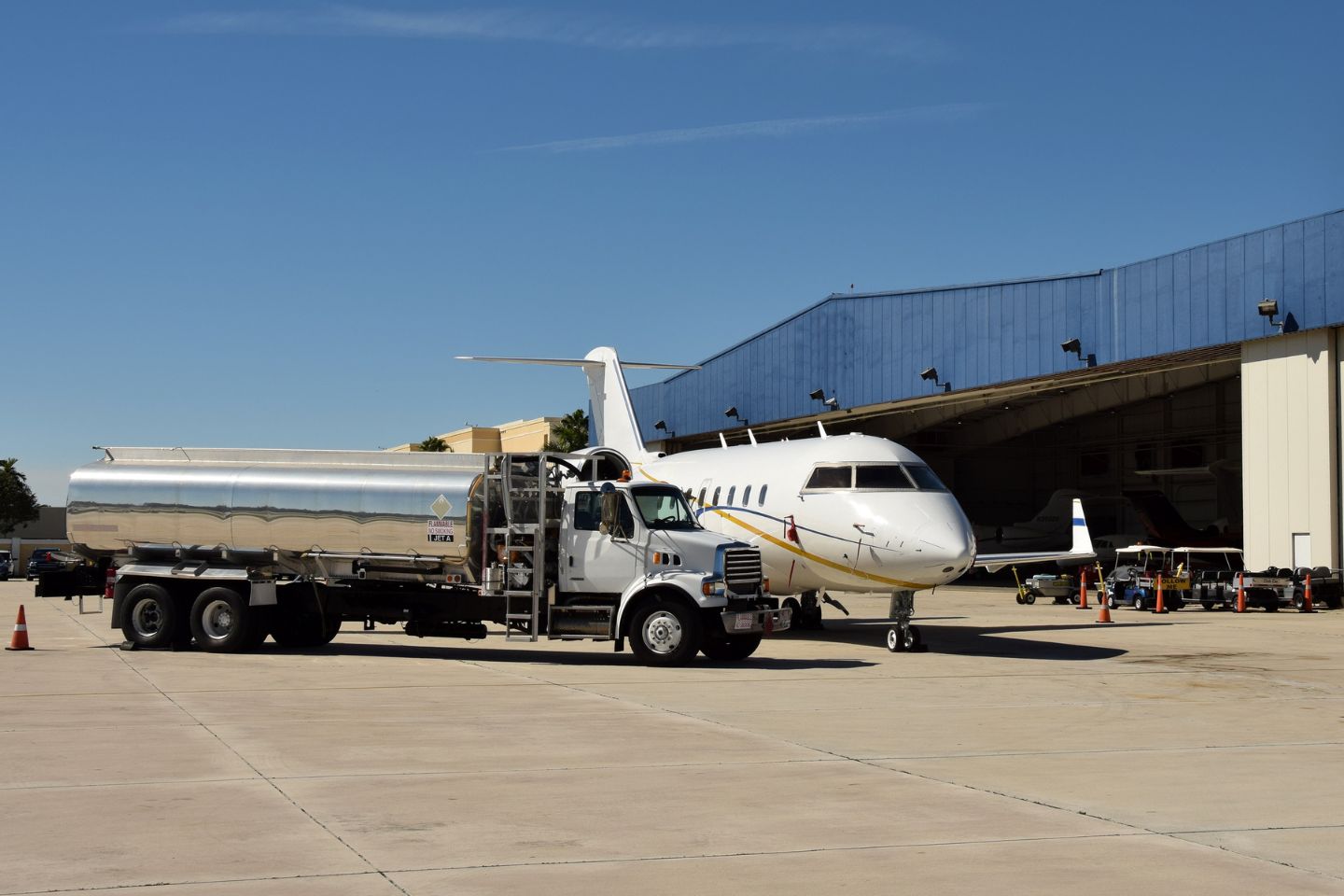
Collaboration between the aviation industry and the U.S. government in just the past few years has helped the nation achieve a commanding lead in the production of sustainable aviation fuel (SAF), while rural communities are poised to reap significant economic benefits.
In fact, recent data from the U.S. Environmental Protection Agency (EPA) shows that annual SAF production quadrupled in 2024 to more than 111 million gallons. Industry experts expect that number to grow to nearly 3 billion gallons by 2030 and continue expanding to 35 billion gallons – satisfying 100% of domestic demand by 2050.
Data Proves Growing Acceptance for SAF
SAF’s gains are tangible. According to data from the U.S. Department of Energy, SAF consumption has increased dramatically in just a few years – from about 5 million gallons in 2021 to 15.84 million gallons in 2022 and 24.5 million gallons in 2023.
In 2024, consumption took a huge leap, surpassing 111 million gallons, quadrupling the volume used in 2023. Currently it’s on track to increase to nearly 200 million gallons in 2025, according to veteran SAF energy expert Larry Schafer.
Government projections also show that current active projects for ongoing and new production facilities may produce between 2.6 billion gallons and 4.9 billion gallons of SAF by 2030.
“This data really matters,” explained Schafer, partner and co-founder of Washington, DC-based Playmaker Strategies. “We are seeing the creation of a brand-new industry that helps with our energy dominance and independence and places America as the global leader. We already produce more SAF than any other country in the world, and as long as we continue on this path, we will strengthen our position and shape the future of jet fuel.”
“This data really matters. We are seeing the creation of a brand-new industry that helps with our energy dominance and independence and places America as the global leader.”
LARRY SCHAFER, Partner and Co-Founder, Playmaker Strategies
America’s ‘Huge Biofuel Success Story’
The nation’s increasing use of SAF is due in large part to a broader energy policy of public-private partnerships. “SAF is the latest chapter in a huge biofuel success story for the United States,” Schafer said. “The success has created a new domestic distribution system; from the farmers who grow the corn and soybeans, the restaurants that produce the used cooking oil, the facilities that produce the fuel at domestic biofuel refineries, and the distribution into local jet fuel terminals that supply both business aviation and commercial aviation airports.
“In the last 25 years, we have created new energy sources from ethanol that is added to gasoline, biodiesel for truckers that is added to diesel fuel as they drive across the nation,” Schafer said. “And now we’re doing it with jet fuel: With homegrown support from local communities, industry and the government, we can be a global leader in industries that have a really positive impact on American communities.”
The strength of aviation’s partnership with the U.S. government will power the next phase of SAF’s development. “Key bipartisan policy proposals advanced by the business aviation community, including the Farm to Fly Act, the Aviation Funding Stability Act and the Air Traffic Control Workforce Development Act, reiterate the industry’s leading role in enhancing our country’s economic strength,” Schafer said. “Dominance in SAF production and distribution is a critical part of that success, and thanks to advocacy efforts like the recent CLIMBING. FAST. fly-in on Capitol Hill, legislators are increasingly aware of the need to support SAF.”
SAF Plants Could Create Jobs in Rural Communities
The biofuel’s success also represents a big win for rural America. “SAF is an agricultural byproduct, and the facilities needed to make SAF need to be near the source, which is why we are seeing plans to build in Kansas, in Iowa, in Nebraska, and in North Dakota and South Dakota,” he noted.
“Today, we have 170 ethanol plants across the United States, producing about 17 billion gallons of ethanol, and we have about 100 biodiesel and renewable diesel facilities,” Schafer said. “Most of these are located in rural America. By contrast, we currently have three sustainable aviation fuel facilities. We are just at the beginning of a new domestic industry, and we expect to have 10 to 12 SAF plants by 2030.”
With global demand estimates for SAF in the many billions of gallons, Schafer said the economic benefits of SAF for rural communities will be “huge, especially when you consider the potential investments being made in these communities over the coming decades and the number of jobs these investments will bring.”
“The economic benefits of SAF for rural communities will be huge, especially when you consider the potential investments being made in these communities over the coming decades and the number of jobs these investments will bring.”
LARRY SCHAFER, Partner and Co-Founder, Playmaker Strategies
In fact, general aviation’s embrace of SAF will contribute significantly to the wide-scale adoption of the fuel. “General aviation reaches every part of America, and as SAF use grows, we’ll need to build an infrastructure that supports the transport, storage and distribution of this fuel to a growing market,” Schafer said. “General aviation has already proved to stimulate local economies, create jobs and maintain essential connections, and this will continue to flourish with the expanded use of SAF.”
More Work Is Needed
The momentum for SAF’s success is evident, but according to Schafer, the biofuel’s success – and America’s role in leading this charge – are not yet guaranteed. “The growth potential for SAF is exponential,” Schafer said. “We have a public-private partnership that works. We need to keep our foot on the proverbial jet fuel pedal and make sure that we continue to invest in an impactful and meaningful way.”
